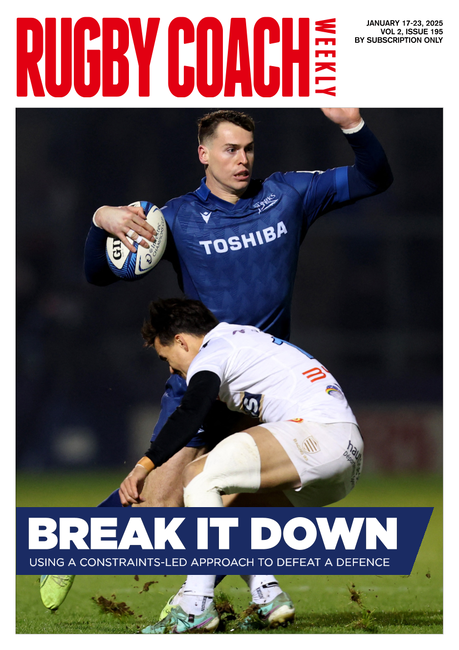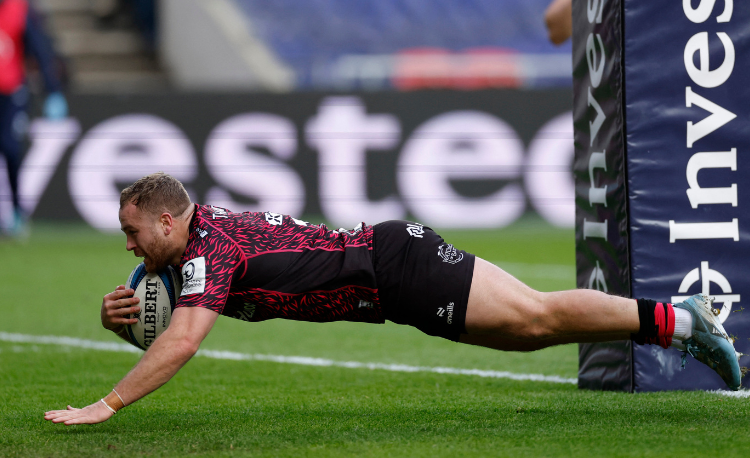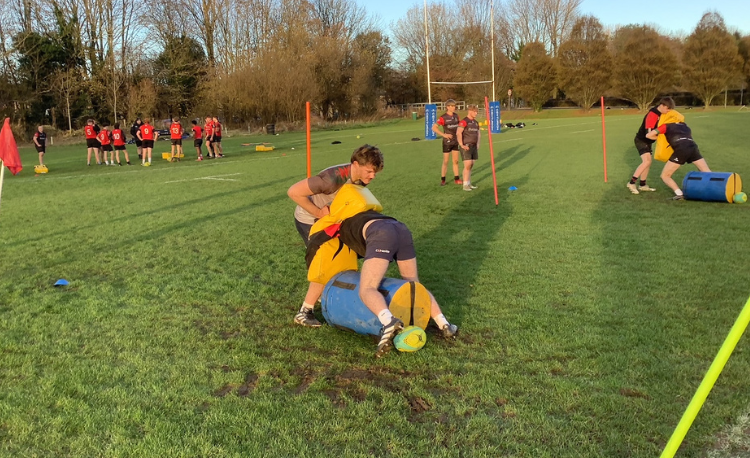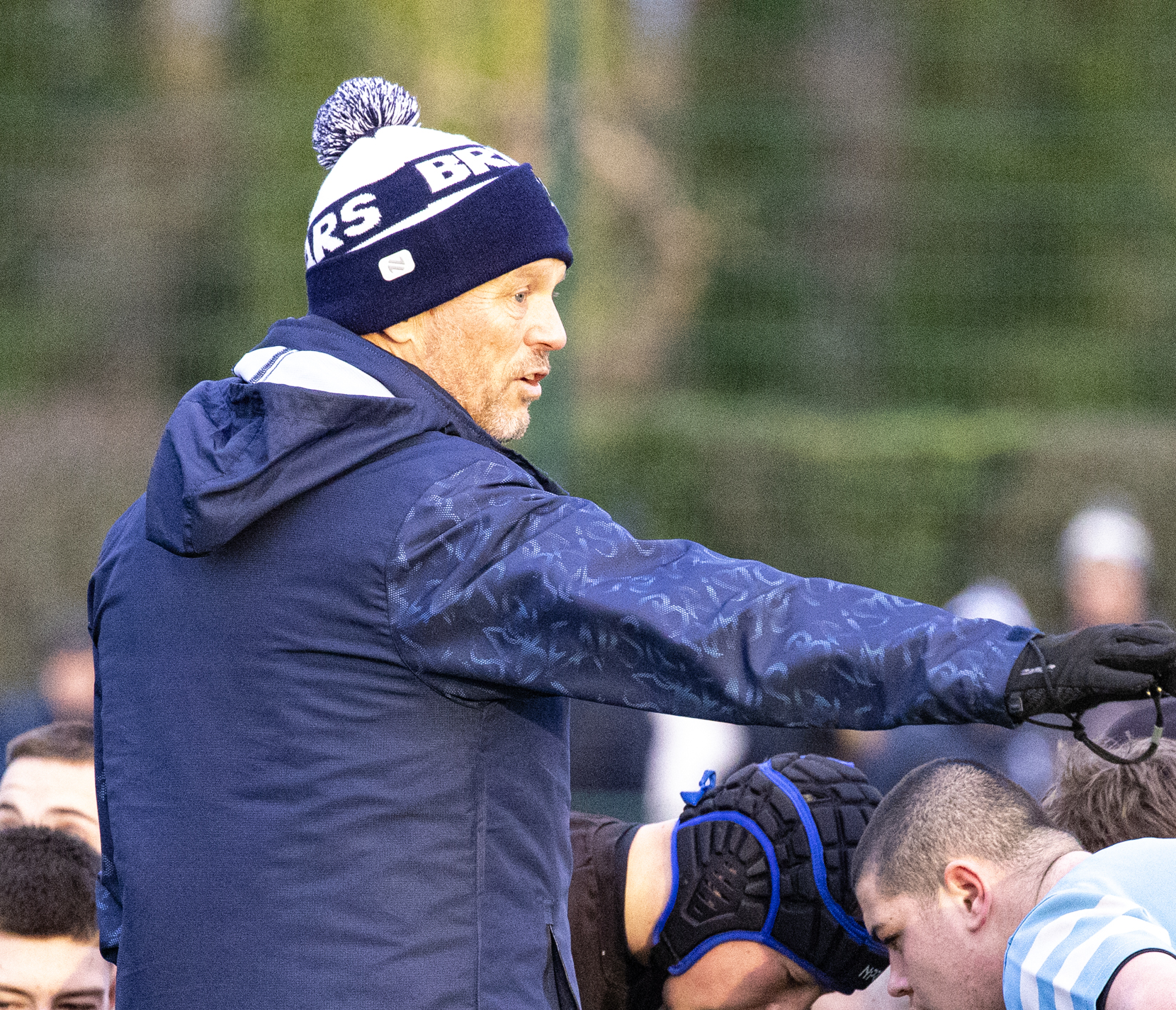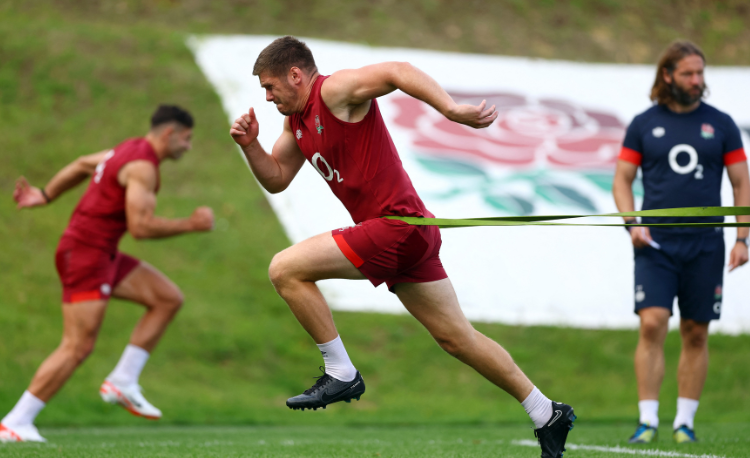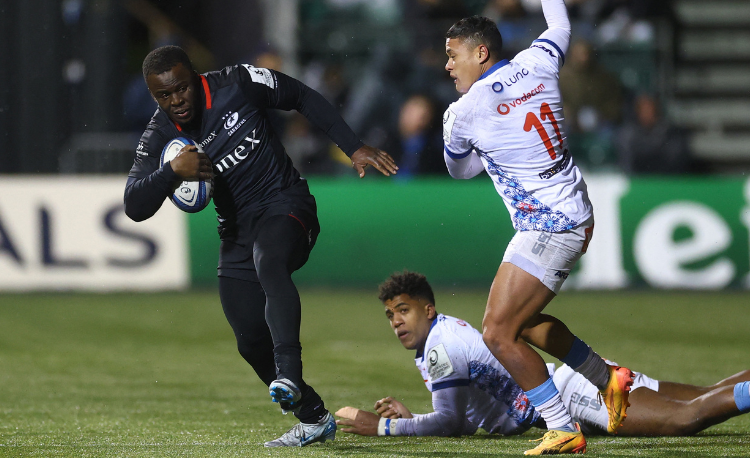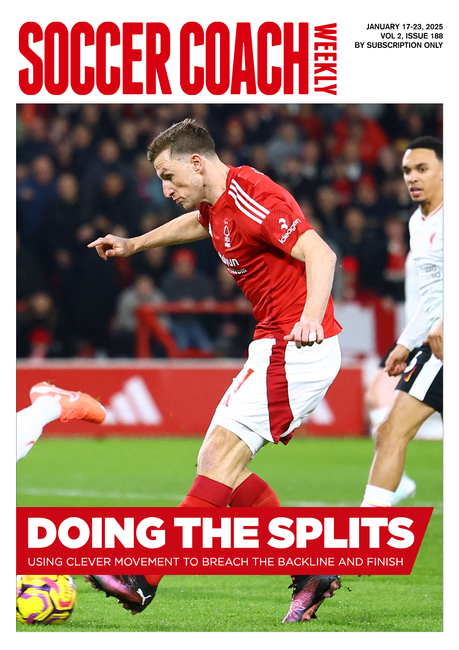An in-season session analysis
Jacob Ford, director of rugby, Bury St Edmunds, delves into the detail of one of his senior sessions.

This is a plan for a Thursday session. The Tuesday session will be more technical, while Thursday's will be focusing on the game ahead.
I create the plan, but it is based on the conversations with the senior players and the players who make decisions on the pitch. Ultimately, we want to practise what we’re going to do at the weekend and which areas they feel we need to get most out of. So, there’s an element of co-creation, but I won’t say it’s a huge part. It’s more informal with me getting to have a feel for what we need and what individuals are looking for.
At the top of the plan, the CO stands for a critical outcome. This is the theme we might have for a block of time, say four weeks. It’s what we want to instill throughout the session.
Everything comes back to that theme, which is, in this case, selfless/commitment. The players and coaches can constantly assess whether we are showing those characteristics in what we do on the training field.
 Players start with individual or small-group isolated skills which we might not do in the main session. It’s a self-lead area where the players take responsibility, perhaps taking a partner to practise a skill. The coaches help facilitate, with a push or some direction.
Players start with individual or small-group isolated skills which we might not do in the main session. It’s a self-lead area where the players take responsibility, perhaps taking a partner to practise a skill. The coaches help facilitate, with a push or some direction.
It’s important we don’t force this too much. I want them to be able to set this up themselves and run it, so it can be active, even when I’m on the other side of the pitch.
Some players are very good at this, like the kickers and the front rows. I’m a firm believer that if more people start doing their own little skills and take ownership of their own individual development, then others start to come along and pick up.
As a player, you don’t want to be the one who’s standing around waiting for 15 minutes before the session starts. You want to be doing something.
We have some work-ons that we want the players to explore, such as restarts, where our lifting pods need improvement for the kick-offs.
Some players will have a clear idea of what they need to develop, and others might need to be reminded. For example, a 9 might be practising their left-hand pass and I will go over and tell them they are already doing that very well, so they need to move over to box kicks from our 22m. It’s done in a very informal way.

Our rotation part of the session develops and embeds our habits. In this case, we want our catch-pass skills to become second-nature, with players performing the skills without thinking.
Each rotation is only three minutes. One will be focusing on long passes, one on passes where the players have very little space, perhaps just 1m, and finally there will be a simple decision-making element. It could be around our offloading habits also.
We are aiming to get in plenty of repetitions with quite a lot of intensity. The players have done these exercises before and they move quickly between the rotations.

This rotation is split in two: attack and defence.
The 8 v 6 attack uses a version of shoulder-touch rugby. If a defender can make a shoulder-on contact, then the ball carrier goes to ground. When this happens, the ball carrier has to present the ball effectively and we have two other attackers over the ball.
We are looking to get plenty of repetitions so we can get into shape and “pull the trigger”. That means that players put themselves in the positions they would be from our 9 and 10.
We will start with a bit of chaos, say with the ball is thrown into the air, and then go through up to four phases before restarting. One coach will lead, focusing the shape. Another will check on the effectiveness of our breakdown skills.

Spark and Hunt are two defensive terms we use. Spark is when we move in defence when the ball is in the air. Hunt is our system of defending from in-to-out.
It’s a similar activity to the attack rotation, with a focus on our desire to get to the next attacker. We might start with a ruck in the middle of the pitch and then push the attack to the side of the pitch. From there, we can be more aggressive.

When we split into our units (forwards and backs), we are focusing on our detail.
Forwards: from our lineout throw-in, we want the players to be DOWN from the lift and ready to GO forward, so instant tightness and instant drive when the lifted jumper is on the ground.
Backs: working on their WEDGE defence to combat attacking players where the ball is passed “out the back”, and their edge defence, when the opposition attack aims to go wide.
We set up scenarios that they may face at the weekend and see how they might react to them.

Speed to set is what I call “building out” where we concentrate on the key messages and the game plan we want to drive for both attack and defence. The right-hand side diagram will map out where this might happen on the pitch, which is two “edge rucks”.
In defence, we want no wastage. This refers to the third defender (which we call “B”) from every ruck who should be opposite the attacking team’s first receiver. If there are more than two defenders inside “B”, then we are wasting defenders.
In attack, we have an attacking shape where we want our fourth attacker (“4A”) to be outside the fly-half. We find that this doesn’t happen enough for us, so we want a focus on this.
You will notice that there is a coach assigned to each of those two focuses.
It’s a 15 v 15 type game, but the first team might be one player less in attack or defence to put them under more pressure, with shoulder-touch rugby.

The final part of the session is the run-through before the game. Here we have three specific starting situations where we want to be razor-sharp. We would set up positions on the pitch and the players would play them out. If it works or there is a simple error of execution (like a dropped pass), then we move on. If there is a system error, where a player isn’t in the right place, then we might replay it.
In this part of the session, the players are driving it themselves. It’s stuff they’ve done on the Tuesday and over the season as a whole.
NOTE: Coaches have different focuses throughout the session to give on-the-go feedback.
Related Files
Newsletter Sign Up
Coaches Testimonials

Gerald Kearney, Downtown Las Vegas Soccer Club

Paul Butler, Florida, USA

Rick Shields, Springboro, USA

Tony Green, Pierrefonds Titans, Quebec, Canada
Subscribe Today
Be a more effective, more successful rugby coach
In a recent survey 89% of subscribers said Rugby Coach Weekly makes them more confident, 91% said Rugby Coach Weekly makes them a more effective coach and 93% said Rugby Coach Weekly makes them more inspired.
Get Weekly Inspiration
All the latest techniques and approaches
Rugby Coach Weekly offers proven and easy to use rugby drills, coaching sessions, practice plans, small-sided games, warm-ups, training tips and advice.
We've been at the cutting edge of rugby coaching since we launched in 2005, creating resources for the grassroots youth coach, following best practice from around the world and insights from the professional game.


